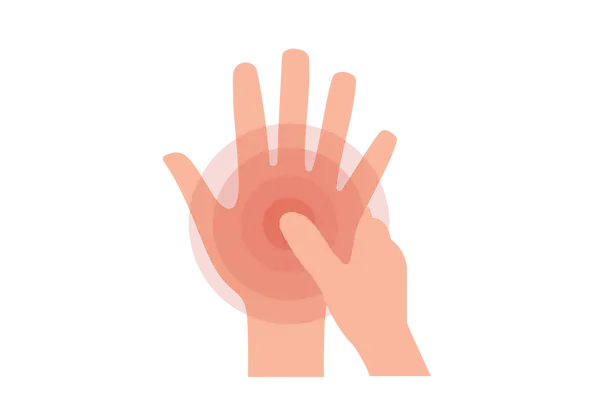What does dysesthesia in the fingers feel like?
Dyesthesia can feel like “pins and needles” or like your fingers have fallen asleep.
What is the difference between dysesthesia and paresthesia?
Dysesthesia refers to feelings of unpleasantness or PAIN from certain stimuli, such as touch, temperature, or pain. Paresthesia on the other hand refers to the abnormal sensation that is NOT associated with pain.
What are the types of dysesthesia?
Dysesthesias can be broadly classified as functional, somatic, and regional. Functional dysesthesias are caused by abnormalities or deficiencies in the nerves that send sensory signals to the brain. Somatic dysesthesias are caused by abnormalities or excesses of nerve endings in the skin. Regional dysesthesias are caused by abnormalities or deficiencies in the spinal cord or brain that send sensory.
When does dysesthesia require surgery?
There are several conservative options for patients with dysesthesia including warm or cool compresses, over-the-counter pain medications, topical creams, gentle stretching, vibration therapy, or prescription pain medications. Surgery is often the best option to treat the conditions that cause dysesthesia, including neuromas or carpal tunnel syndrome. Surgery is generally reserved for dysesthesia that does not have an anatomic cause or does not improve with conservative management.
What are the treatment options for dysesthesia?
Dr. Azouz will recommend a dysesthesia protocol that involves touching the affected areas on different surfaces and textures. This allows the nerve to improve and regenerate but can take a long time. Dr. Azouz may also refer the patient to a certified hand therapist who can use conservative measures to treat the dysesthesia. If a neuroma or nerve compression syndrome is causing the dysesthesia then hand surgeon Dr. Azouz is able to help treat these conditions.
If you are having symptoms of dysesthesia call hand specialist Dr. Azouz in Dallas today at 972-702-8888.

